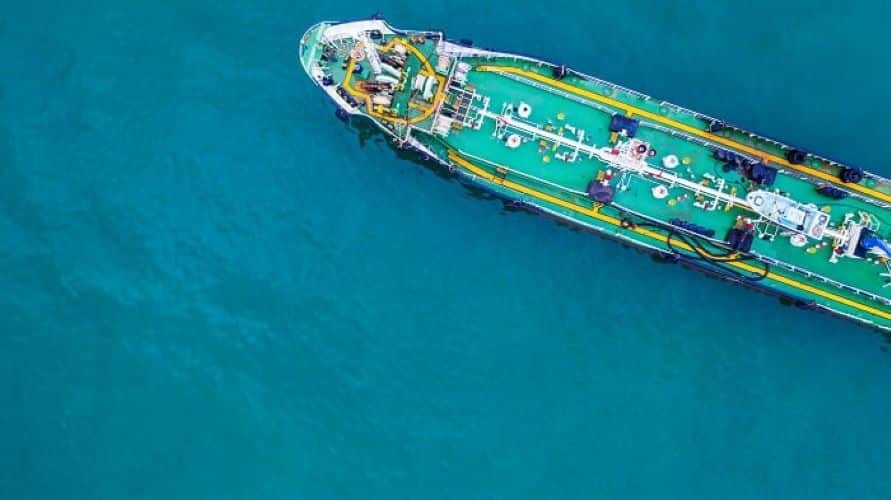Surge in Alternative Fuel Vessel Orders for 2024

The maritime industry is witnessing a remarkable shift towards sustainability, as evidenced by the latest data from DNV’s Alternative Fuels Insights (AFI) platform. The year 2024 has emerged as a landmark year for newbuilding orders, particularly for vessels powered by alternative fuels. With a total of 515 alternative-fuelled ships ordered, this marks a significant 38% increase compared to 2023. This surge highlights the industry’s commitment to decarbonization and reflects a broader trend towards environmentally friendly practices in shipping.
Container and Car Carrier Boom Drives Growth
The increase in alternative-fuelled vessel orders is largely attributed to a boom in the container and car carrier segments over the past three years. In 2024, an impressive 69% of all container ship orders were for vessels capable of utilizing alternative fuels. This shift is primarily driven by cargo owners who are responding to consumer demands for more sustainable shipping practices. Liner companies are also preparing to phase out older vessels in favor of greener options.
Among the various alternative fuels, liquefied natural gas (LNG) emerged as the preferred choice, accounting for 67% of the orders in this category. The container and car carrier segments collectively represented 62% of all alternative fuel orders in 2024. Knut Ørbeck-Nilssen, CEO Maritime at DNV, expressed optimism about this trend, stating, “As we work towards decarbonizing the industry, we are encouraged by the growth in alternative fuel vessels over the past few years.” However, he also emphasized the need for continued efforts, particularly in ensuring the availability of alternative fuels and the safety of seafarers during this transition.
In addition to LNG, there has been a notable increase in methanol orders, with 166 vessels ordered, making up 32% of the AFI orderbook. This reflects the industry’s growing interest in diversifying its fuel sources to reduce greenhouse gas emissions. Most of the methanol orders were concentrated in the container segment, indicating a strategic shift towards more sustainable fuel options.
Infrastructure and Future Prospects
The growth of LNG-fuelled ships has been remarkable, with the number of operational vessels doubling from 2021 to 2024. A record 169 LNG-fuelled ships were delivered in 2024, bringing the total to 641. This number is expected to double by the end of the decade, according to the AFI orderbook. However, the infrastructure for alternative fuels, particularly LNG, still faces challenges. The number of LNG bunker vessels has increased from 52 to 64 over the past year, but the gap between supply and demand is projected to widen in the coming years.
To address these challenges, the development of appropriate infrastructure for alternative fuels is crucial. The European Union’s regulatory package, Fit for 55, aims to establish a robust LNG bunkering network across ports, which is expected to enhance the availability of LNG. Jason Stefanatos, Global Decarbonization Director at DNV, noted that market conditions, infrastructure development, and cargo owners’ needs are shaping the demand for various fuels. While LNG remains a vital bridging fuel, green methanol and ammonia are also gaining traction as part of the long-term energy mix.
The maritime industry’s shift towards alternative fuels is gaining momentum. The significant rise in orders for alternative-fuelled vessels in 2024 reflects a collective commitment to sustainability. As the industry navigates the challenges of infrastructure and fuel availability, the focus remains on ensuring a safe and efficient transition to greener practices.
